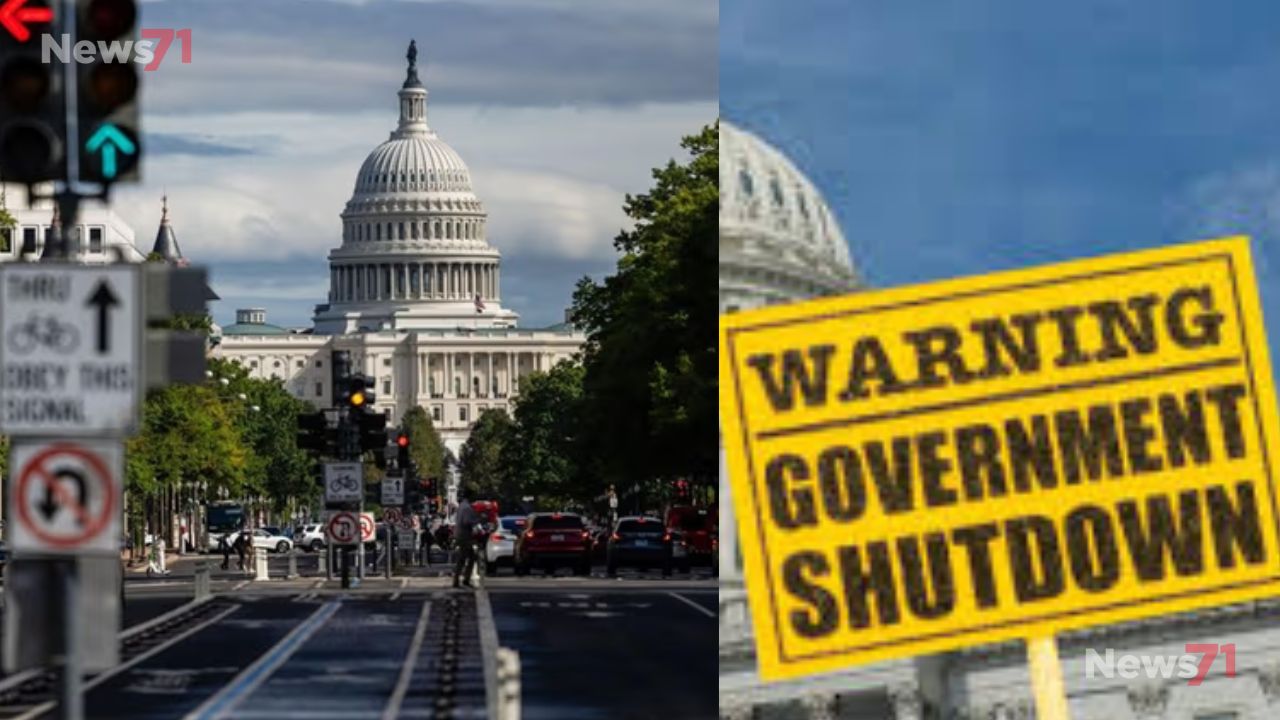As US shutdown tensions grow, federal workers and families across the country are facing mounting uncertainty about how long they can endure without pay. In Utah, Michael Galletly, an IT management specialist at the Department of Agriculture, sat with his wife for hours last week, reviewing bills and expenses to prepare for the weeks ahead. I could make it two months, maybe three very lean months, said Galletly, who has been placed on unpaid leave and serves as president of the American Federation of Government Employees Local 4016. But I really don’t know how long this thing is going to go.
The government impasse has already disrupted travel, delayed key approvals for loans and permits, and forced many national museums to close their doors. Now that millions of federal employees are beginning to miss their paychecks, analysts warn that the economic effects will ripple outward quickly. We’re reaching a critical turning point in the government shutdown and its broader implications for the economy, said Stash Graham, managing director of Graham Capital Management. Early signs show a decline in both business and consumer confidence, suggesting weakness in the months ahead. The suspension of vital economic data releases, such as the monthly jobs report, has added to the uncertainty. Without updated figures, companies are delaying investment decisions, while policymakers are forced to act without accurate information.
As US Shutdown Deepens, Economic Pressure Mounts Across the Nation

In Utah, Galletly has already begun cutting back, cancelling plans for a camper trailer, buying a secondhand laptop for his daughter, and postponing home repairs. With his first missed paycheck looming, he applied for unemployment insurance and reached out to his bank about his mortgage and car loans. The economic toll of government shutdowns is usually short lived, similar to the aftermath of a severe storm. Analysts estimate a loss of roughly $15 billion per week in quarterly growth, though much of that tends to be recouped once operations resume and workers receive back pay. This shutdown, however, poses unique risks.
MOST READ: Trump Administration Authorizes Covert C.I.A. Action in Venezuela
The Trump administration has hinted that back pay might be denied and has begun initiating permanent layoffs. Combined with an already slowing economy, rising tariffs, and policy uncertainty, the financial pressure is intensifying. We’ve already rolled the dice this year, said Michael Zdinak, economics director at S&P Global Market Intelligence. A short shutdown would have minimal impact, but a prolonged one could disrupt the steady growth trend of recent years.Wells Fargo analysts warn that if the shutdown continues into late October, the US will enter uncharted territory. S&P Global projects unemployment could rise to 4.8 percent from 4.3 percent, while the White House Council of Economic Advisers estimates a month-long shutdown could erase $30 billion in consumer spending.For families like Allison’s in Ohio, where her husband works for the Defense Department without pay, the strain is already visible. They have cancelled vacations, deferred mortgage payments, and cut household expenses. If this continues through December, I don’t know what we’re going to do, she said.In Washington DC, restaurants and local businesses are feeling the fallout. Daniel Kramer, owner of Duke’s Grocery near the National Zoo, said sales have dropped by over 50 percent since the zoo closed. It’s not just government workers who suffer, he said. It’s the entire ecosystem.






